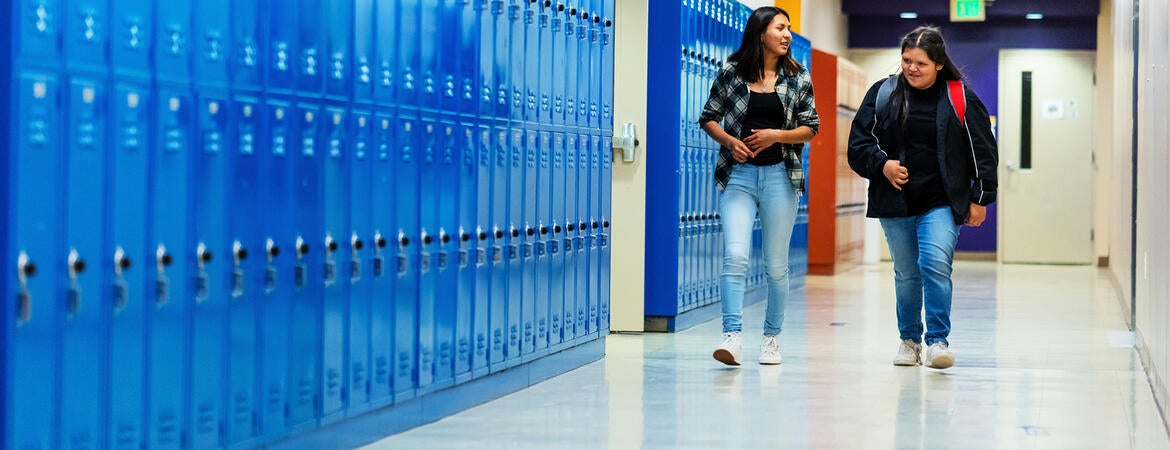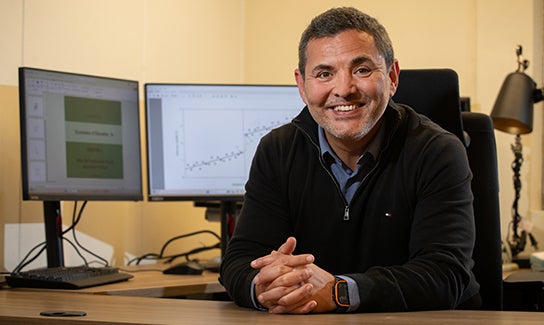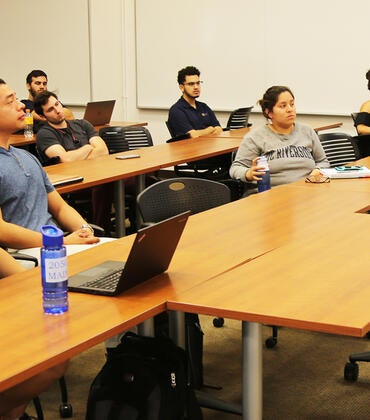
A UC Riverside-led study shows that holding underperforming schools accountable can yield life-changing benefits for their most vulnerable students.
The research, led by UCR economist and professor Ozkan Eren, found that when high schools receive the state’s lowest performance rating—and are subsequently compelled to make changes—students are significantly less likely to have run-ins with law enforcement later in life.
“In terms of long-run criminal involvement, we find that if the school has a lower rating, students are less likely to be arrested and less likely to be incarcerated,” said Eren, a professor of economics in UCR’s College of Humanities, Arts, and Social Sciences.
The study tracked more than 54,000 South Carolina students who entered ninth grade between 2000 and 2005. Researchers followed the students into their early 30s, linking education records with data on arrests, incarceration, and participation in social welfare programs.
Students who attended schools rated “unsatisfactory” were nearly 3 percentage points less likely to be arrested in adulthood than peers in slightly higher-rated schools, resulting in an overall 12% reduction in arrests. Incarceration rates also declined, though those results were less precise. The study found no significant impact on enrollment in public assistance programs such as food aid or the federal Temporary Assistance for Needy Families program.
Eren said the changes stem from accountability pressure triggered by poor ratings, which carry the threat of sanctions such as leadership changes or even state takeover. In response, schools often make internal reforms that improve the learning environment.
“Even in the short run, we see that there is a change in the school climate,” Eren said. “Those improvements in school climate, in the long run, translate into lower criminal involvement.”
Eren and his colleagues examined data from South Carolina’s school accountability system, which rates public schools from “excellent” to “unsatisfactory” based on graduation rates, test scores, and eligibility for merit-based scholarships. Schools with lower ratings are required to submit improvement plans and are subject to oversight.
What sets this study apart is its focus on long-term outcomes and its use of a robust research method called regression discontinuity. This technique isolates the causal effect of receiving a failing grade by comparing schools just above and just below the threshold for an “unsatisfactory” rating.
“When we compare these two sets of schools, we see that F-rated schools, because of the accountability pressure, perform better than D-rated schools,” Eren said. “That kind of pressure does not exist, let’s say, for B- and A-rated schools.”
While the study does not identify specific school-level interventions, it found that the improvements occurred without significant increases in spending, teacher turnover, or principal replacements. Instead, shifts in school culture and student engagement likely drove the changes.
Eren cautioned that the findings apply specifically to schools at the bottom of the performance scale and may not translate to all accountability systems.
“Can we say this is a general policy prescription? I’m not sure,” he said. “But what we can say with confidence is that accountability pressure helps schools at the bottom of the ratings distribution perform better.”
The study, titled “School Accountability, Long-Run Criminal Activity, and Self-Sufficiency,” was co-authored with David Figlio of the University of Rochester, Naci Mocan of Louisiana State University, and Orgul Ozturk of the University of South Carolina. It was published in the “Journal of Human Resources.”
Header image by Getty Images




